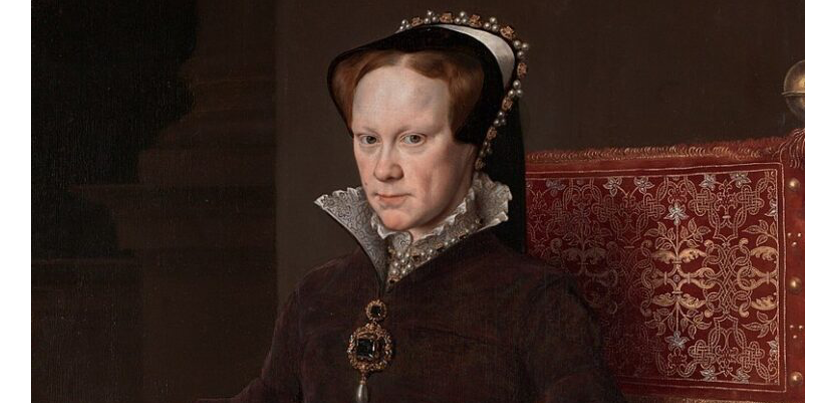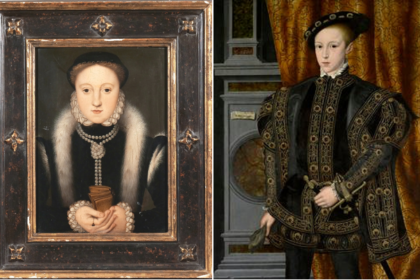The most sacred moment of the coronation ceremony is the anointing with holy oil. When the archbishop of Canterbury touches the oil to the hands, breast, and head of the monarch, they are transformed into God’s chosen spiritual leader. Given its significance, it is important that its sacredness is preserved.
In the lead up to her coronation on the 1st October, 1553, Mary had grave concerns about how her brother’s ‘heretical’ beliefs could have impacted the sacredness of the traditional holy oil. On the 9th September, the Spanish ambassador wrote to Emperor Charles V:
‘The Queen entertains a scruple that the holy chrisms prepared in England may not be such as they ought because of the ecclesiastical censures upon the country; and desiring that her coronation may be in every way regular, she has sent us a request to write to the Bishop of Arras to send her some of the holy oil from over there for her anointing, as secretly and expeditiously as possible, so that it may reach her in time for the said forthcoming ceremony.’

Five days later, on the 14th September, the ambassadors added to the end of another letter to the Emperor:
‘Postscript.—The Queen has commanded us to recommend again that the chrism be sent for her coronation.’
They needn’t have worried; Charles V clearly took Mary’s concerns seriously. The day before the ambassador’s follow up request was sent, the Bishop of Arras had sent the requested oil:
‘I am sending you the three holy oils the Queen asked for, which are those that I usually carry about with me for the consecrations it is sometimes my duty to perform. I beg you to ask the Queen’s pardon because the vessel is not more ornate; for I did my best to have a new one made, suitable to be placed in her hands, but I failed to find a master who would promise to finish it in less than three weeks, which would have been too late. I consequently preferred to obey her orders literally, rather than to risk failure by attempting too much.’
In fact, it is possible that Mary had good reason to believe that the holy oil used for Edward’s coronation had been tainted. The oil had been used in English coronations since that of Henry IV’s on the 13th October, 1399, and there are references to it dating back to 1317, at which time it was believed to have been derived from St. Thomas Becket, who had died in 1170, though this was based on the myths of the cult of St. Thomas Becket, rather than historical evidence. Whatever the provenance, the oil was very old, and had been used in every coronation from Henry IV’s to Edward VI’s.

Its use was reinstated for Elizabeth I’s coronation, which she seems to have regretted; there are reports that Elizabeth complained about the stench of the oil as she was being anointed. Is it possible the oil had gone bad after so many centuries of use? It is generally believed that this was the last time the oil was used; it isn’t entirely clear whether or not it was used for the coronation of James I, though it is generally believed that it was not, and his successor, Charles I, definitely had a new oil made.

In the superstitious 16th century, if Mary had received reports that the holy oil used to anoint her Protestant brother had gone bad, it would have been taken as a sign that it had been corrupted by his influence. On the other hand, Elizabeth, keen to show herself as her brother and father’s successor, rather than her sister’s, would have used the same oil that they had used, regardless of its condition.





